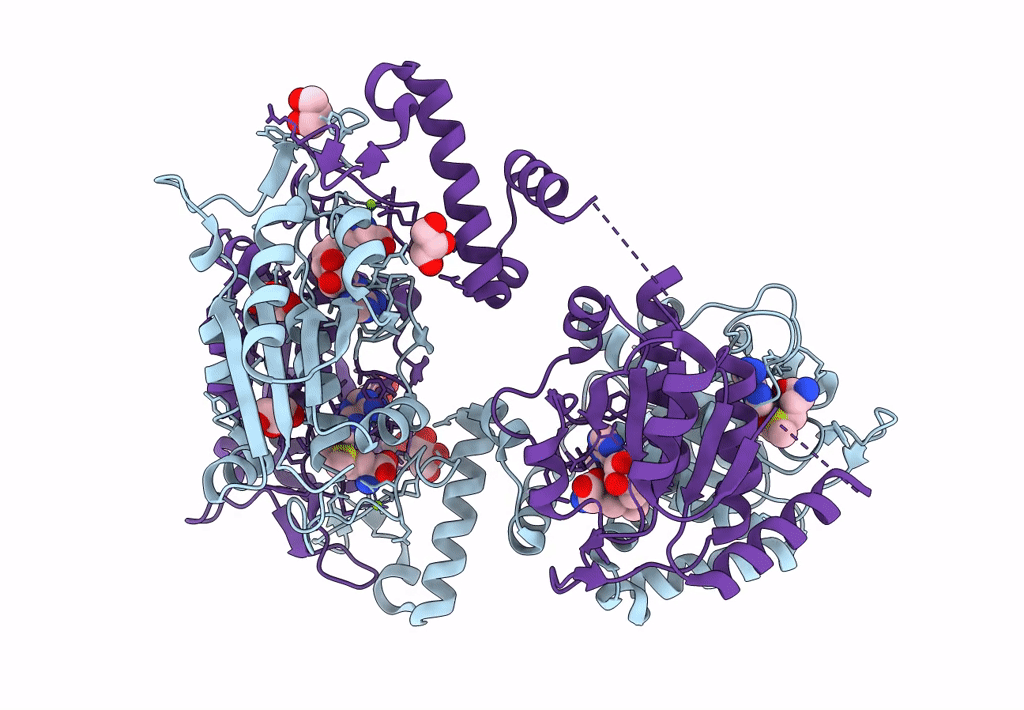
Deposition Date
2022-09-10
Release Date
2022-09-28
Last Version Date
2024-07-03
Entry Detail
PDB ID:
8B1N
Keywords:
Title:
Crystal structure of TrmD-Tm1570 from Calditerrivibrio nitroreducens in complex with S-adenosyl-L-methionine
Biological Source:
Source Organism:
Calditerrivibrio nitroreducens DSM 19672 (Taxon ID: 768670)
Host Organism:
Method Details:
Experimental Method:
Resolution:
2.00 Å
R-Value Free:
0.20
R-Value Work:
0.16
R-Value Observed:
0.17
Space Group:
P 21 21 2


